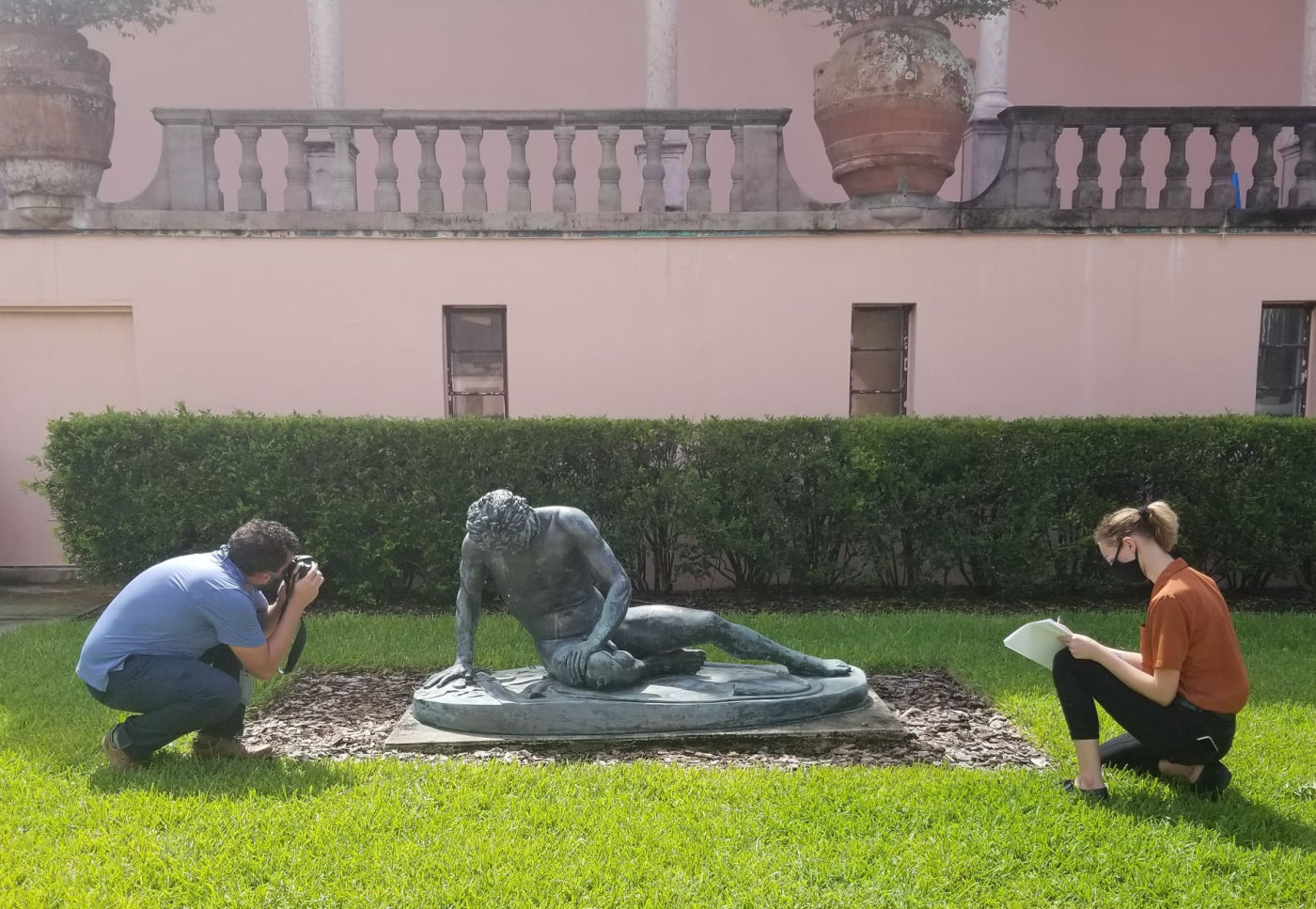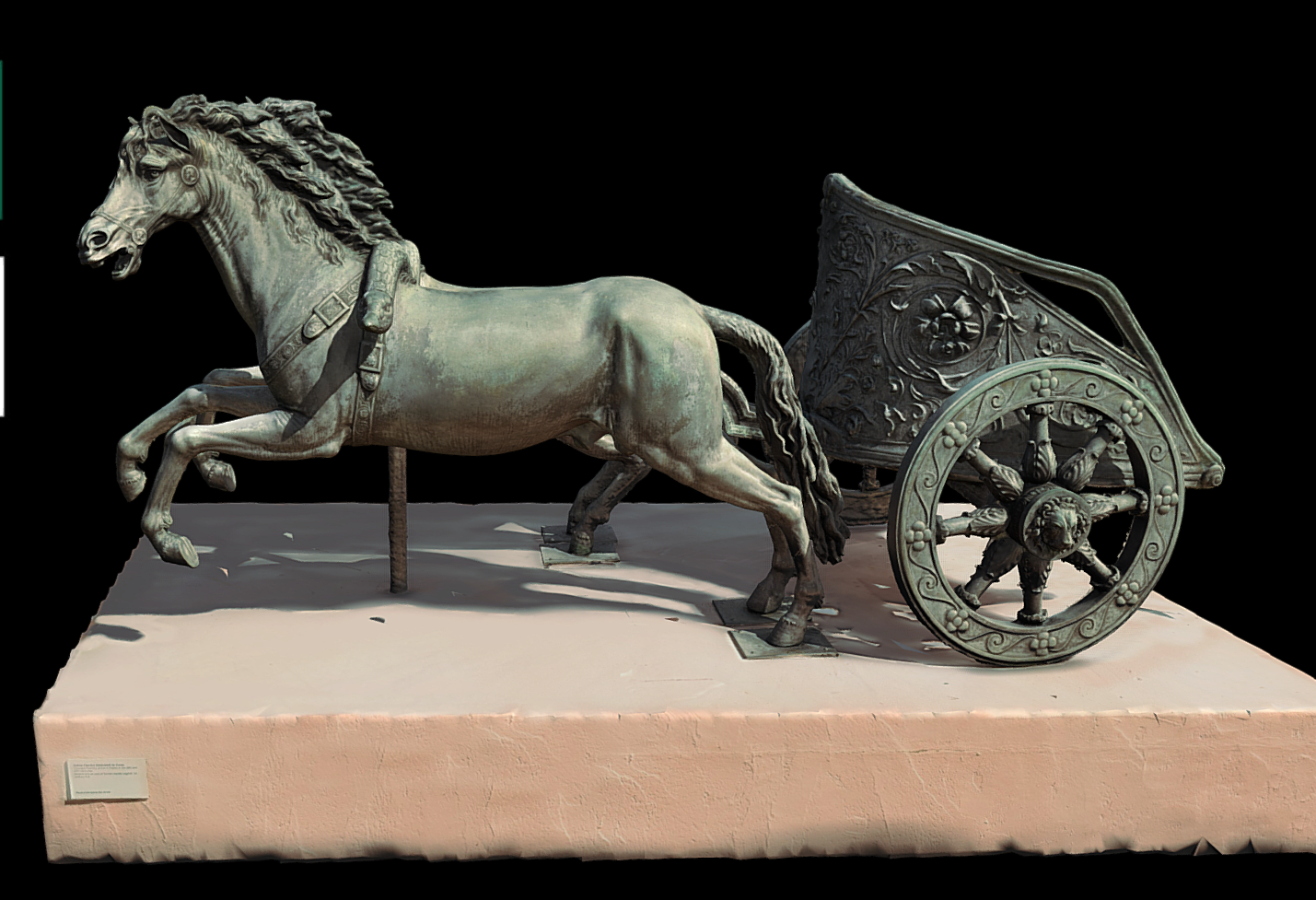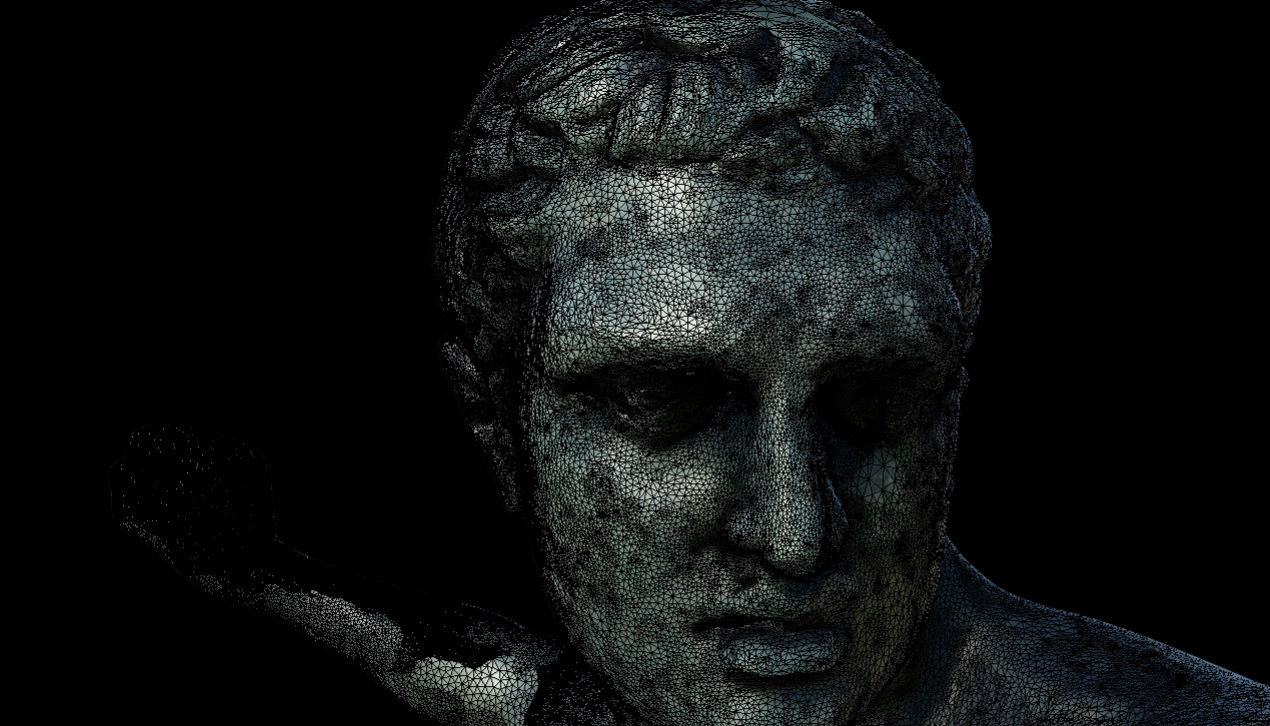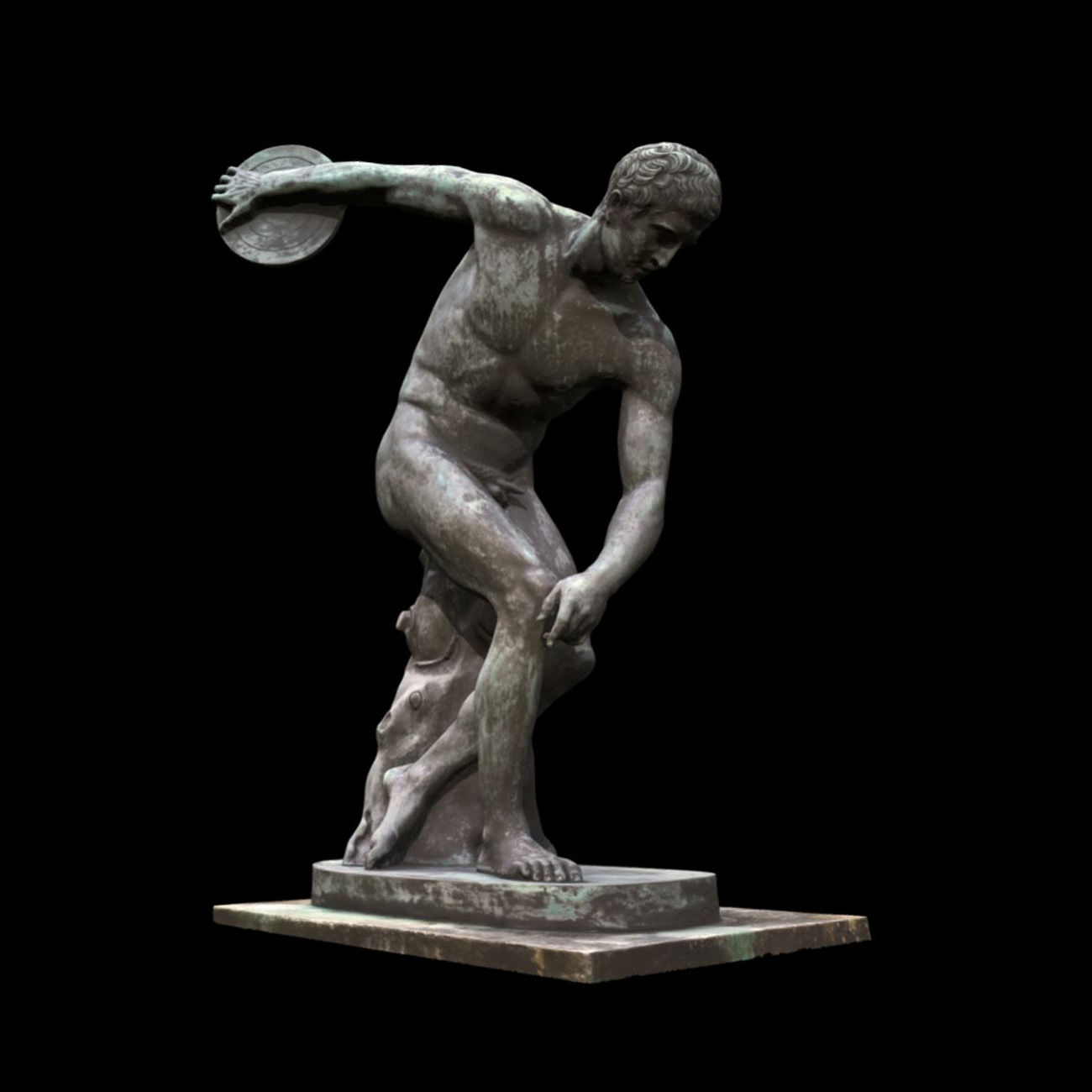Partnership
The John and Mable Ringling Museum of Art
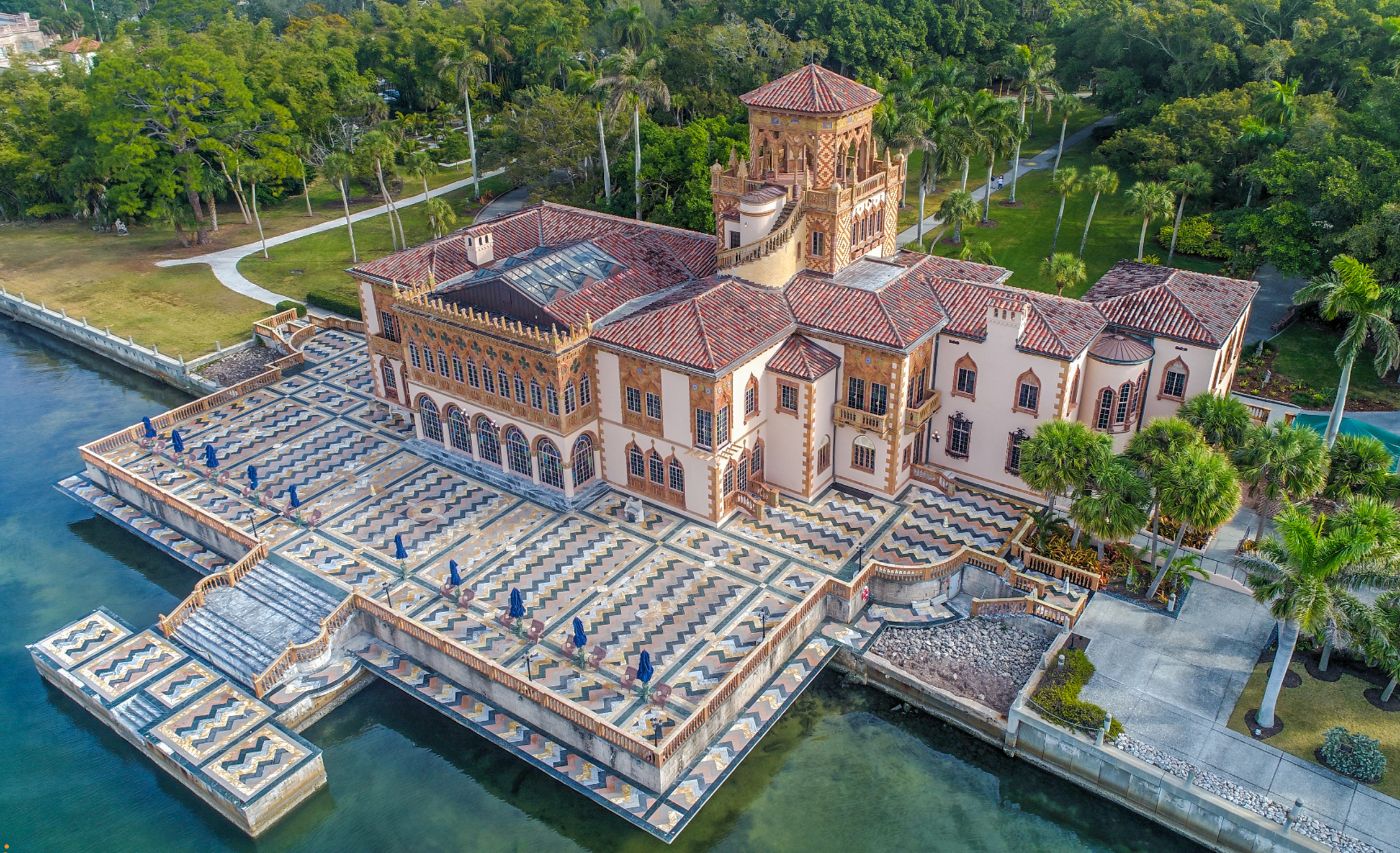
- Ca'd'Zan
The former home of the circus king, Ca’ d’Zan was once the residence of John Ringling, co-founder of the Ringling Bros. Circus, and his wife, Mable. Passed down to the State of Florida after his death, the 36,000 square-foot mansion is visited by thousands of people from around the world every year, but will soon be open to countless more thanks to work being done by researchers at the University of South Florida.
IDEx led a massive 3D scanning project of the Ringling Mansion. Using cutting-edge technologies and state-of-the-art equipment, the project will create of an extraordinarily detailed, digital image of every corner of the historic property. The project employs two highly effective imaging techniques -- terrestrial laser scanning (TLS) and aerial photogrammetry. Once these models are created, researchers use aerial photogrammetry, an advanced type of aerial photographer, to add detail and bring the digital models to life. The virtualization of Ca' d'Zan will provide the curatorial staff of The Ringling an invaluable tool to monitor the conditions of the monument and to plan restoration interventions. And it will also be a powerful communication media to share the importance of Ringling's legacy with the global public.
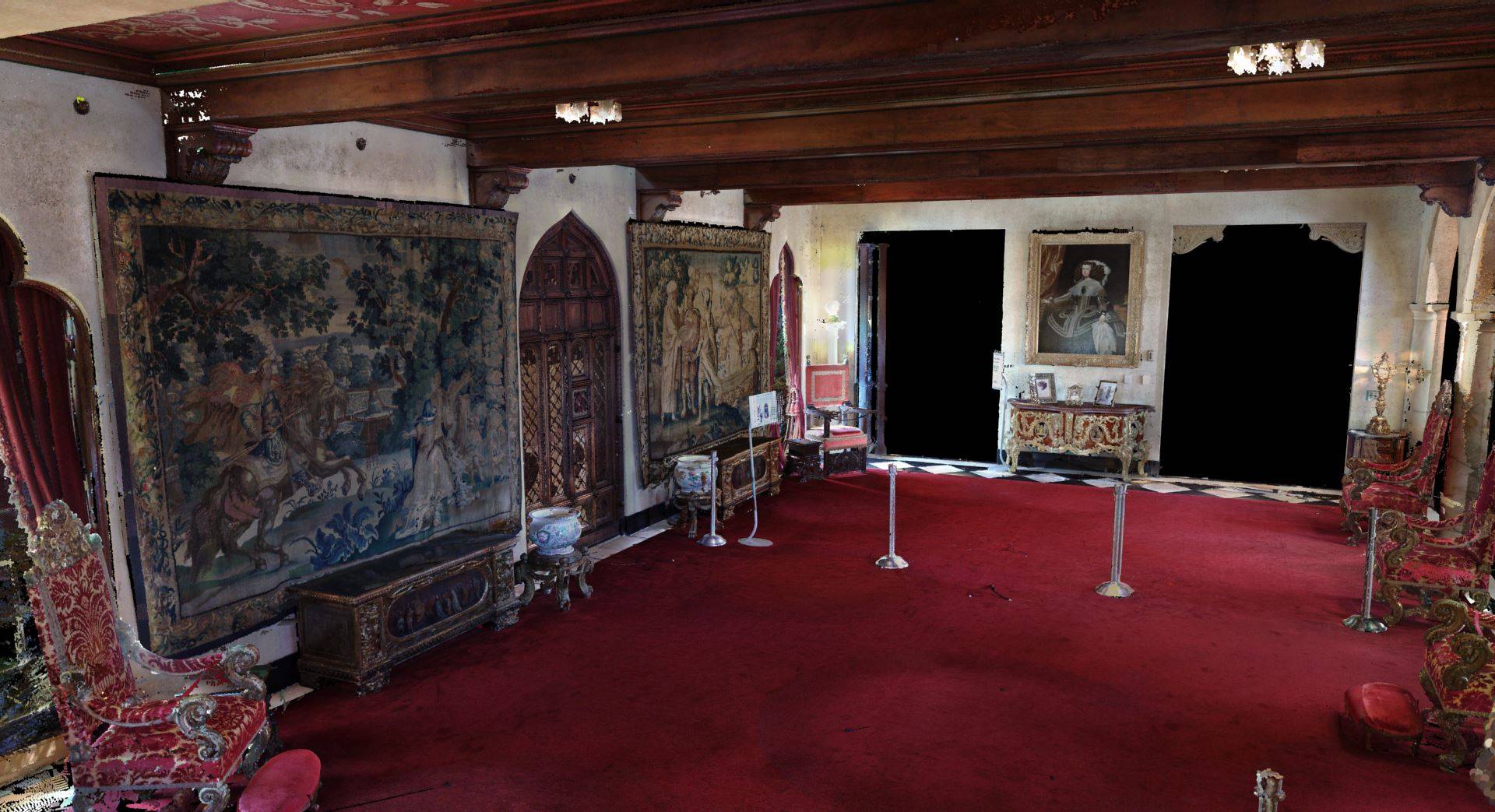
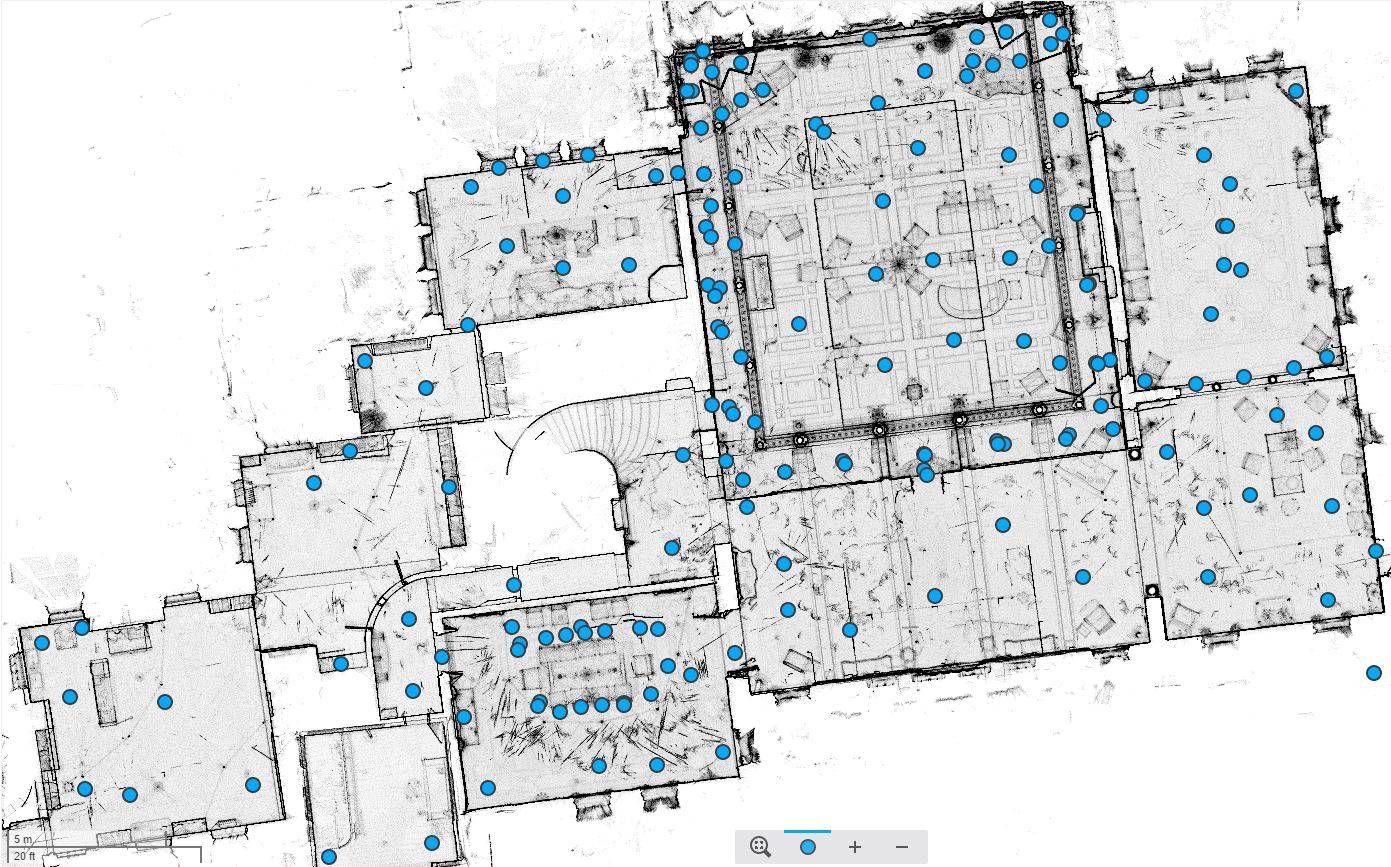
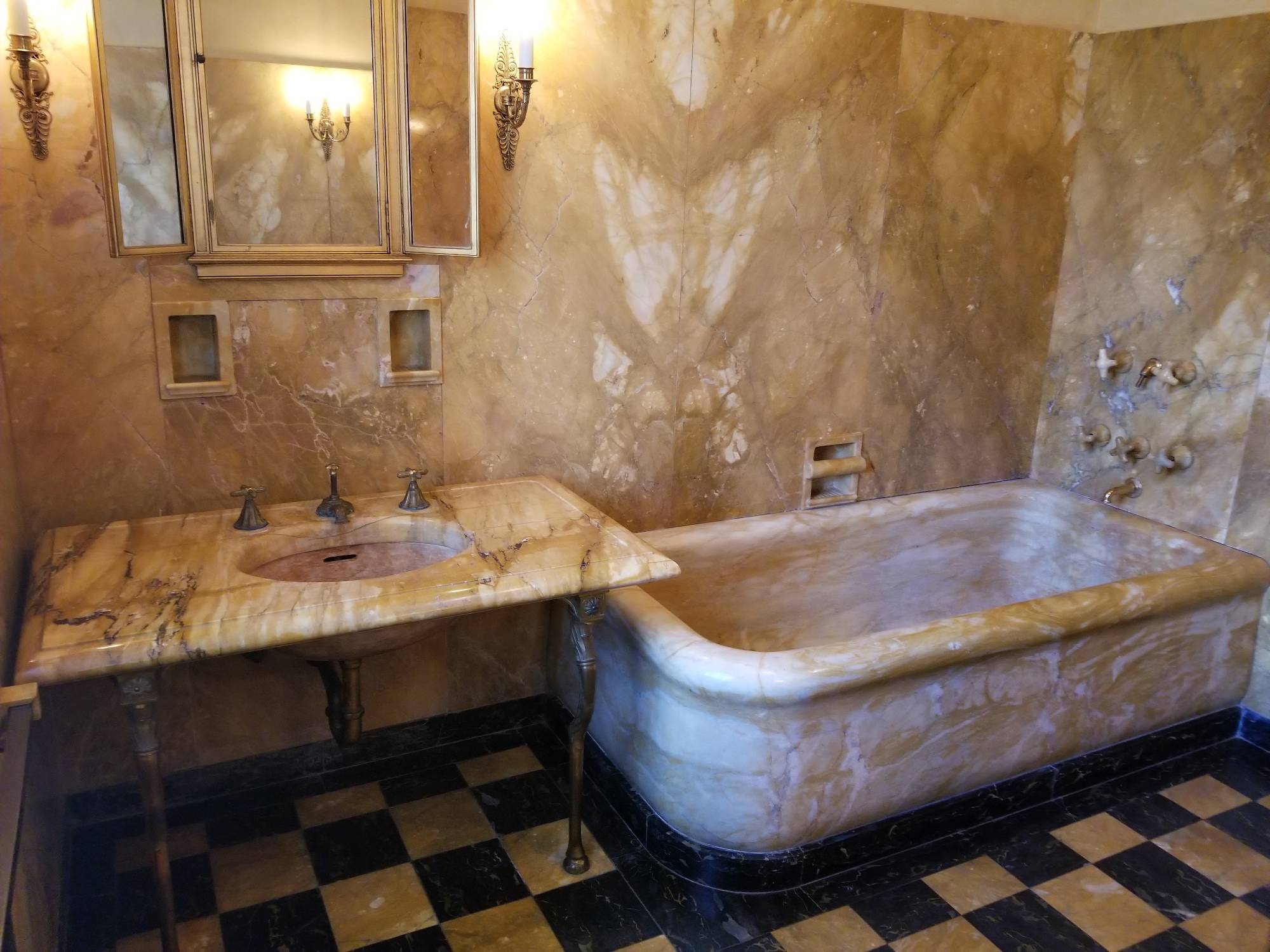
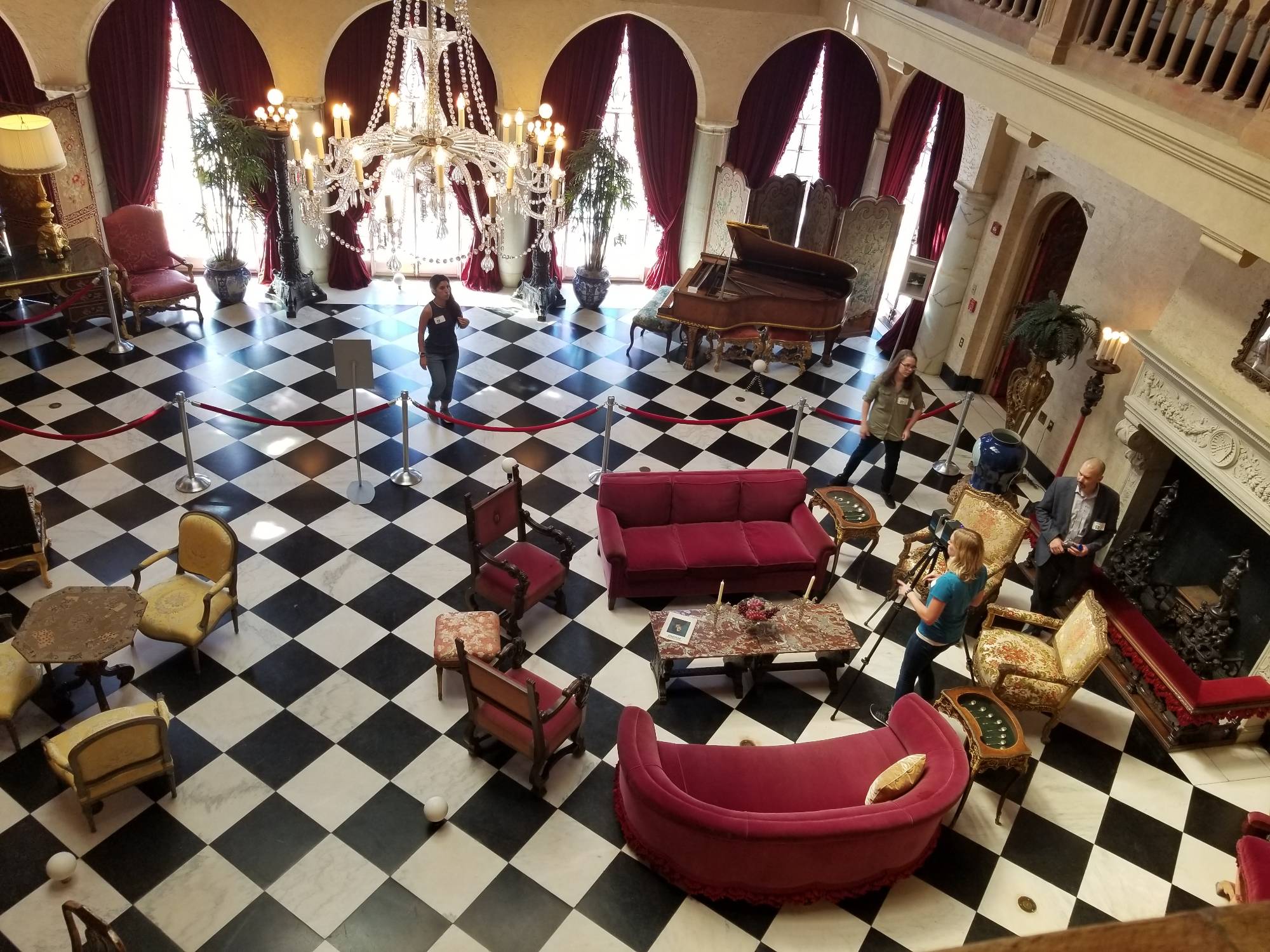
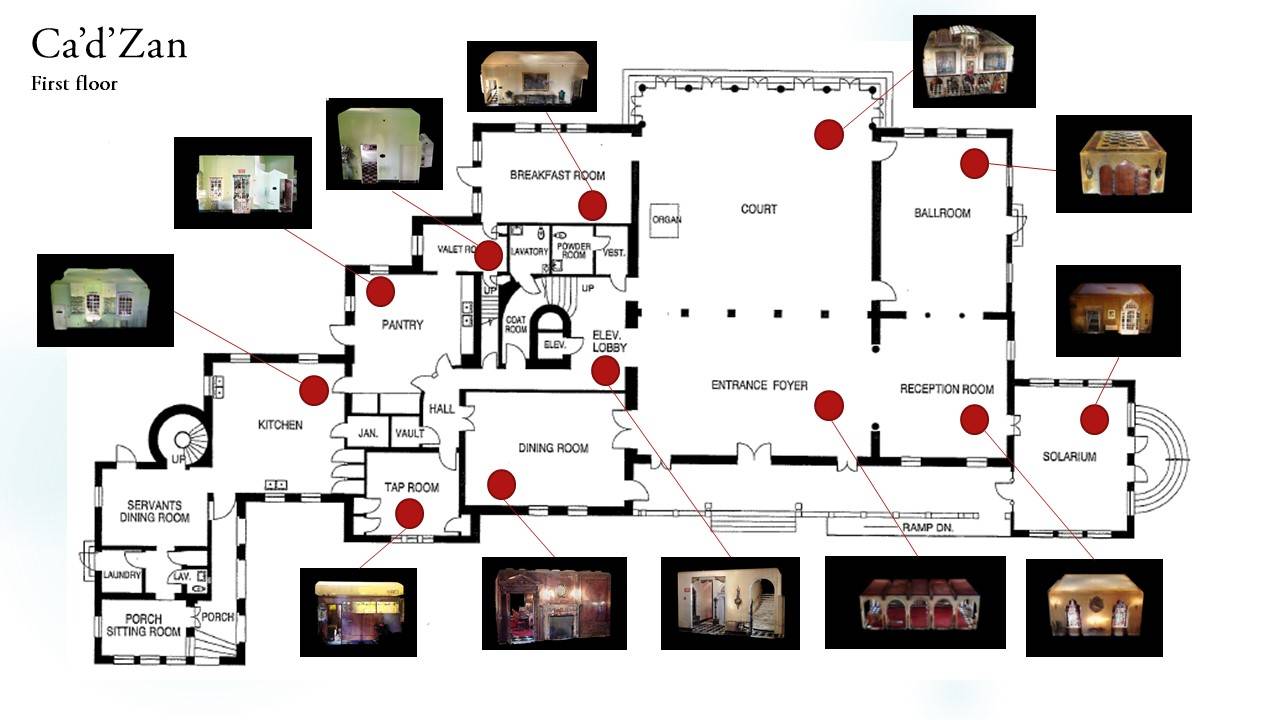
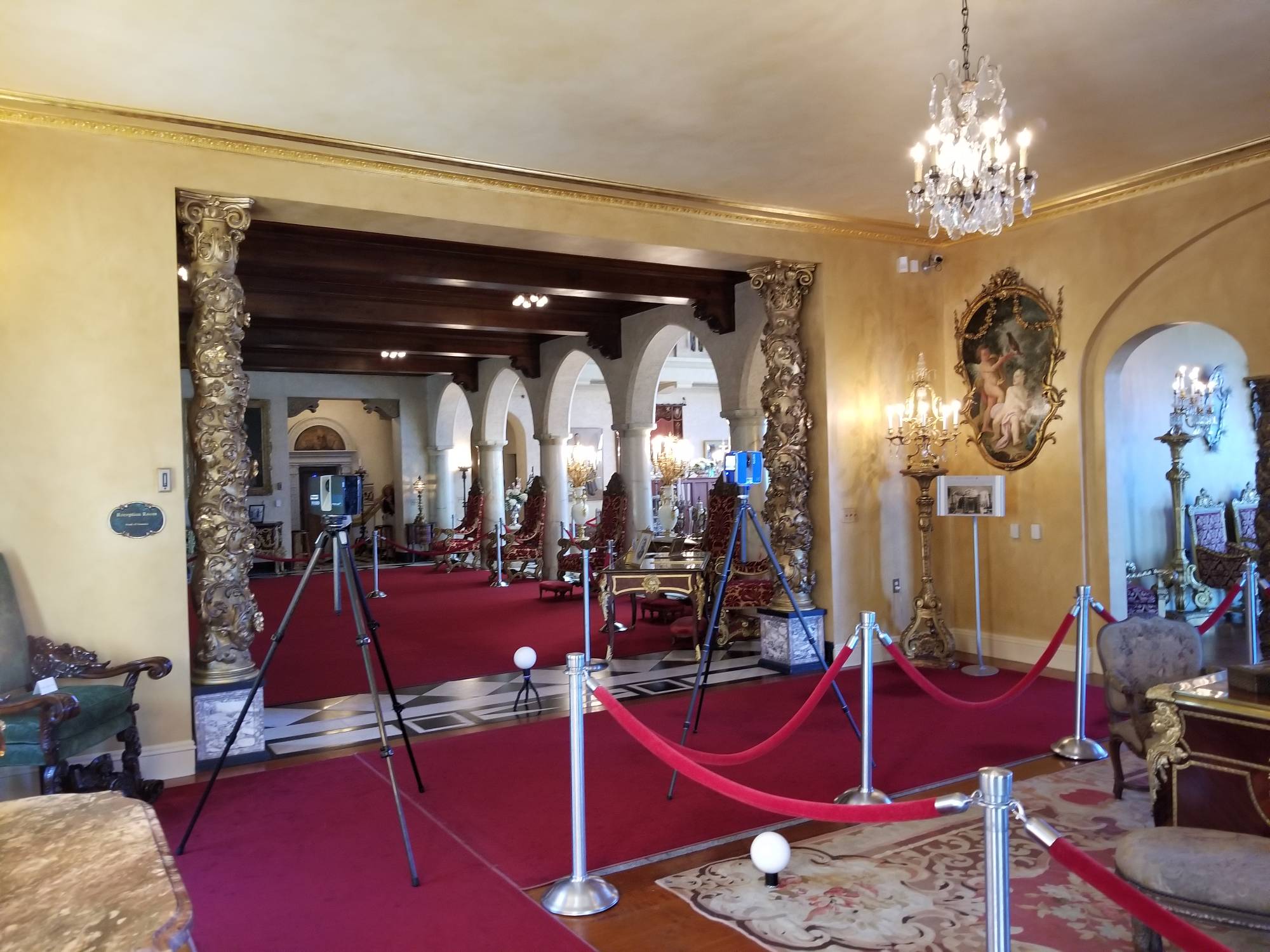
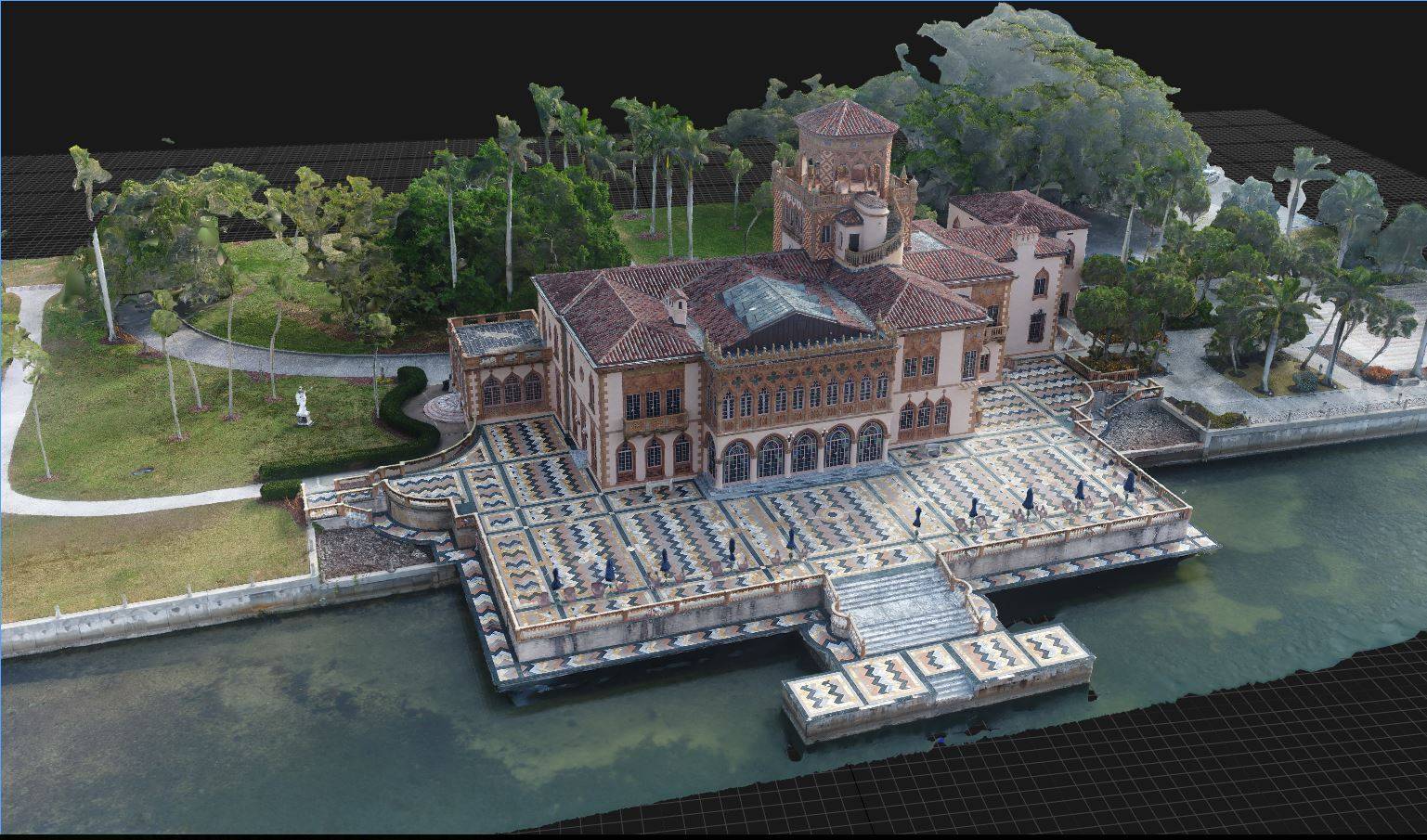
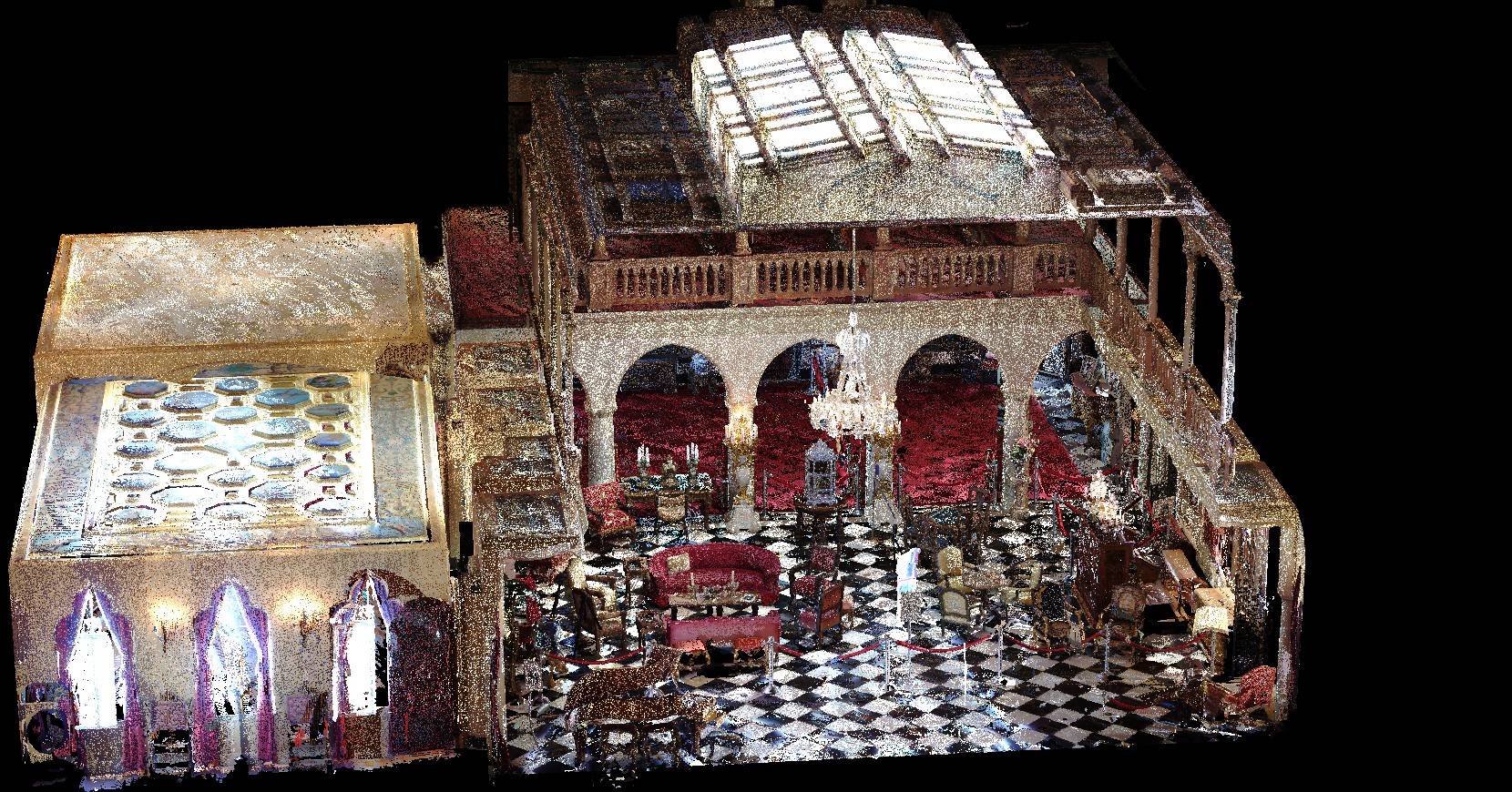
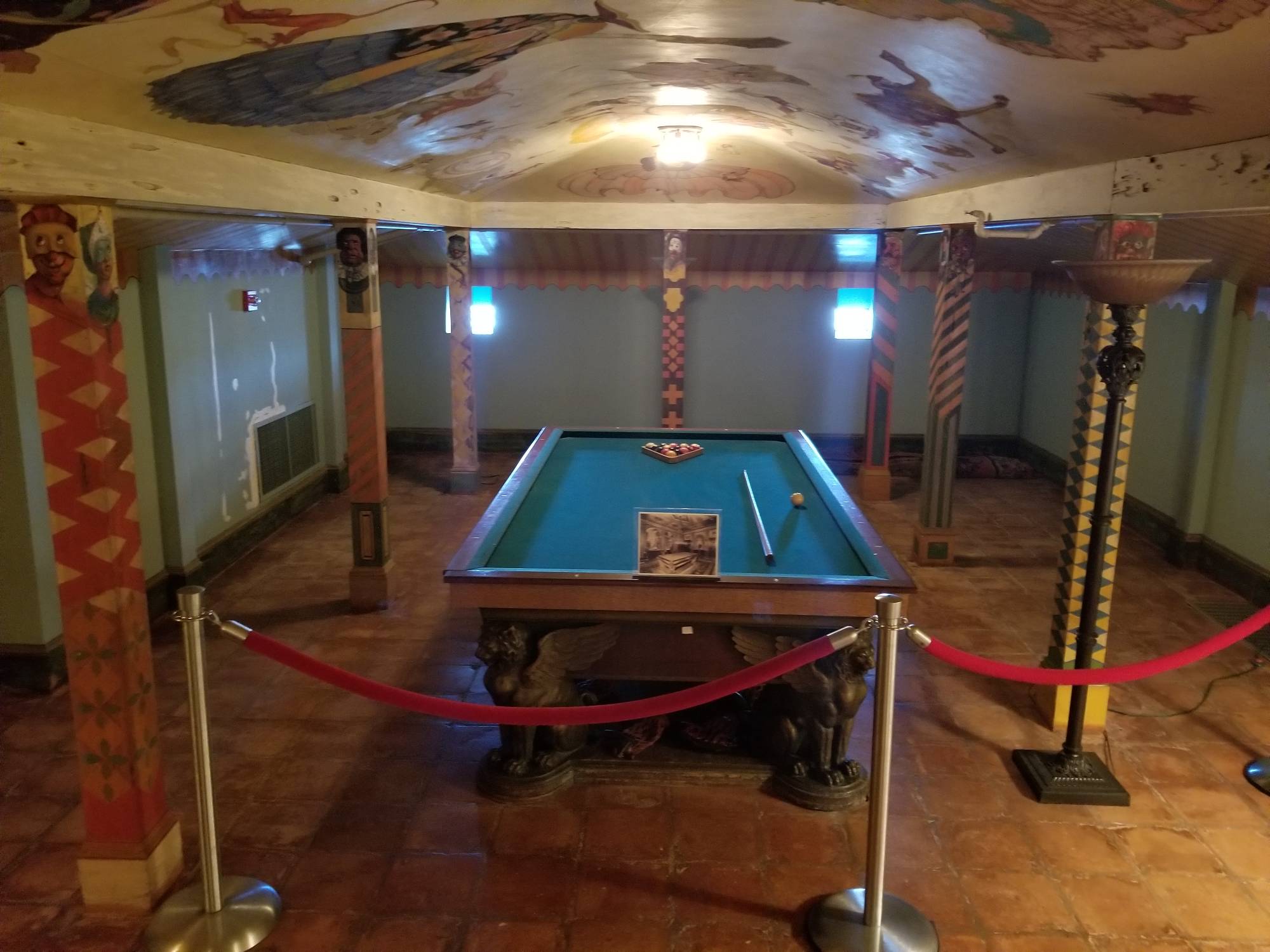
Completed in 1926, at a cost of $1.5 million (equivalent to more than $20 million today), the iconic building was designed by famed architect Dwight James Baum. Sitting five-stories tall, the Venetian-inspired mansion has 41 rooms, 15 bathrooms and combines Mediterranean-revival style design and eclectic antique furnishings with all the modern conveniences of the early 20th century American home. Today, the museum is governed by Florida State University, giving visitors the chance to tour the opulent halls and beautiful gardens of one of America’s greatest architectural treasures.
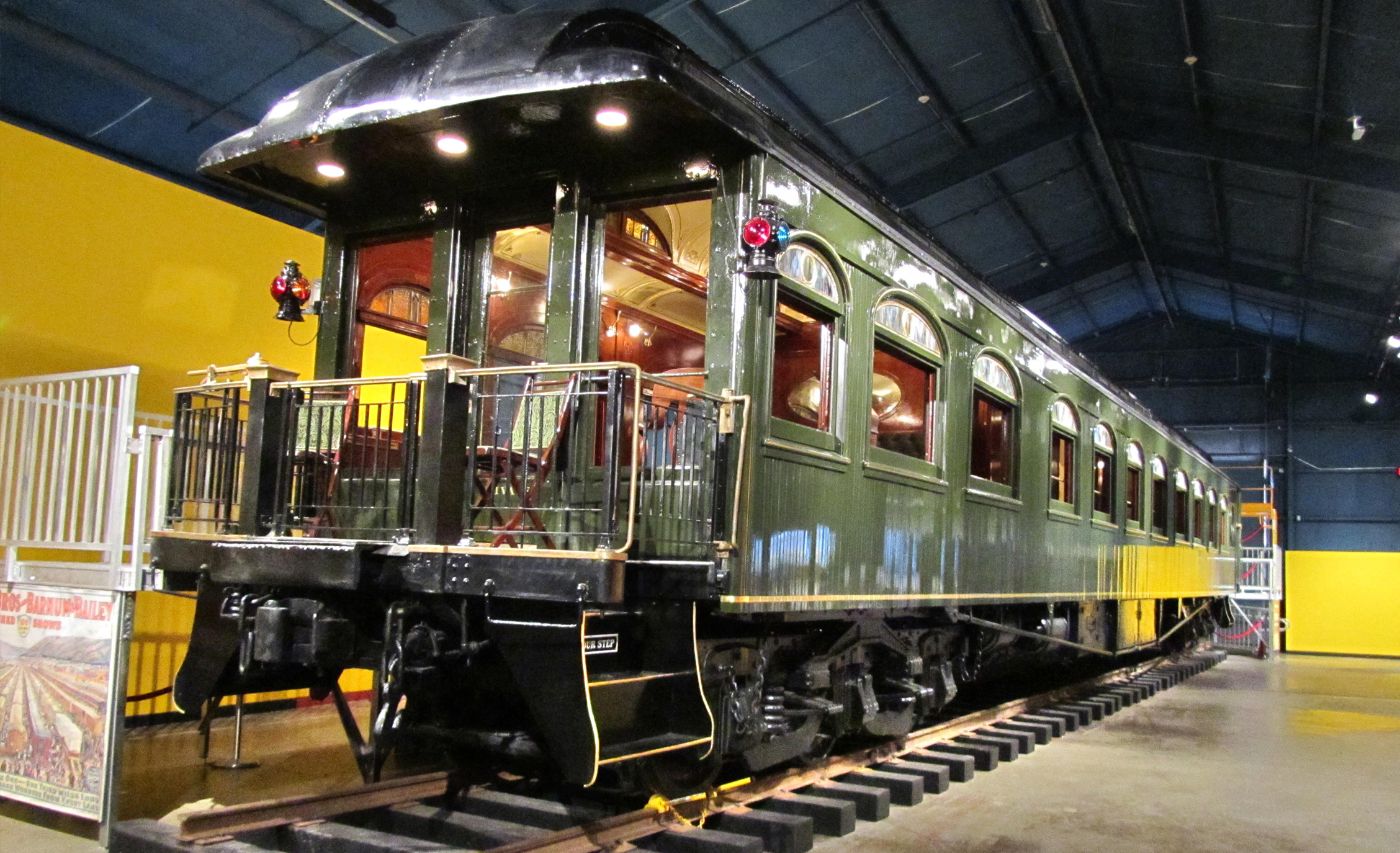
- Wisconsin traincar
The Wisconsin train car is 79 feet long, 14 feet high, 10 feet wide and weighs 64 tons. It was built in 1896 by Pullman company and it was later purchased by John Ringling who used it in 1905–1916 as his own private vehicle. After a long period of abandonment, it was restored and donated to the Ringling Museum of Art, in 2003. Since 2009 this unique vehicle is in display in the Circus Pavillion.
The train is currently inaccessible. There is a ramp along one of the sides from which visitors can poke inside through the windows and that's it. To not be able to go inside means the public looses a lot during the visit. In fact, the car is divided into an observation room, three staterooms, dining room, kitchen, bathroom and servants’ quarters. It is richly furnished and boasts an interior of mahogany and other woods, intricate moldings, gold-leaf stencils and stained glass throughout. The 10-foot high ceilings are painted Viva Gold, Baize Green and Fiery Brown. There are toilets in each compartment. John and Mable Ringling has a private bathroom, including a tub. The rear compartment of car is the observation room, which could be used as a lounge or as an office. At this rear end of the car there is also an observation platform. Having created the virtual model of the train, The 3D model of the train was produced with a TLS scanner (33 scans outide, 91 inside) and the interior was photoscanned with 732 high quality digital pictures processed with Reality Capture. Thanks to the virtual model of the train car curators will employ systems of on-site or remote virtual reality to allow anyone to visit it and interact with objects and furniture inside of every room.
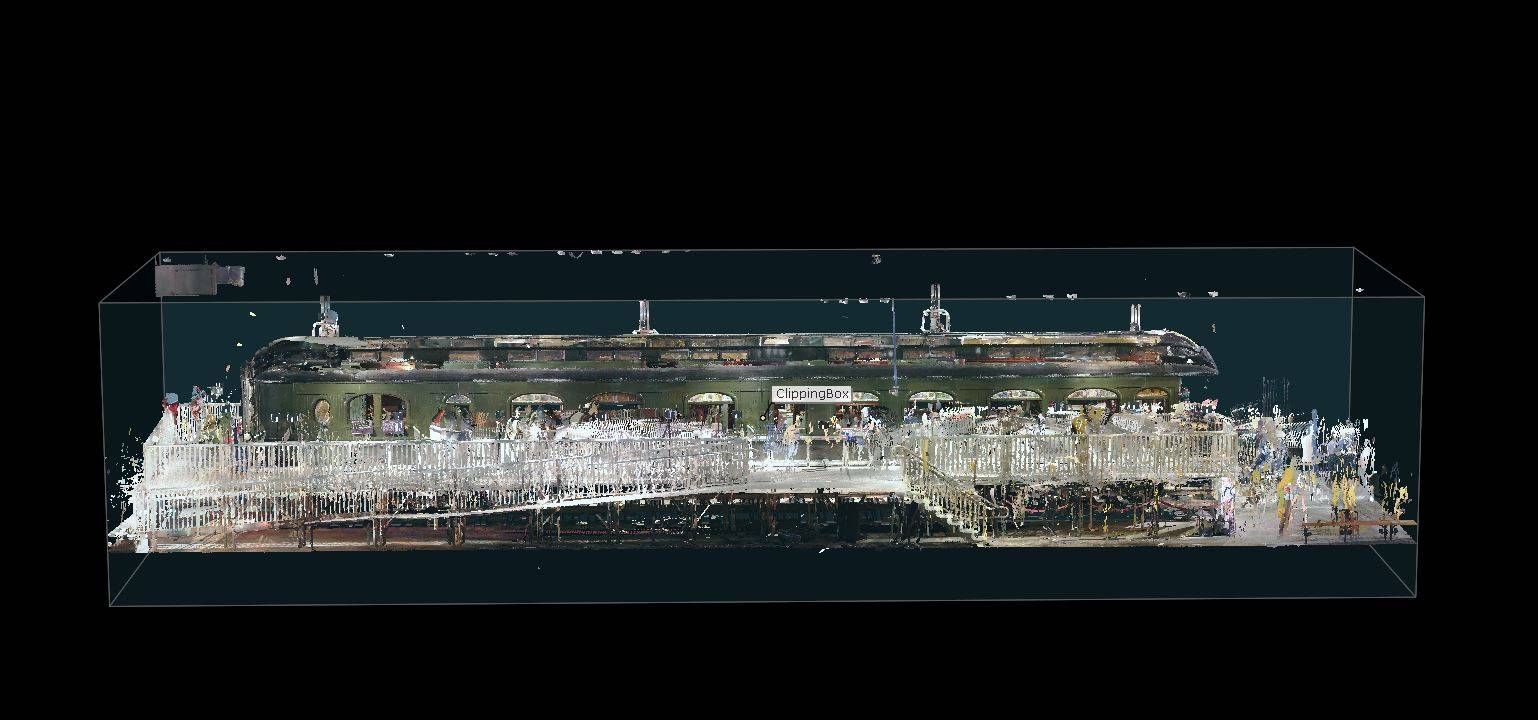
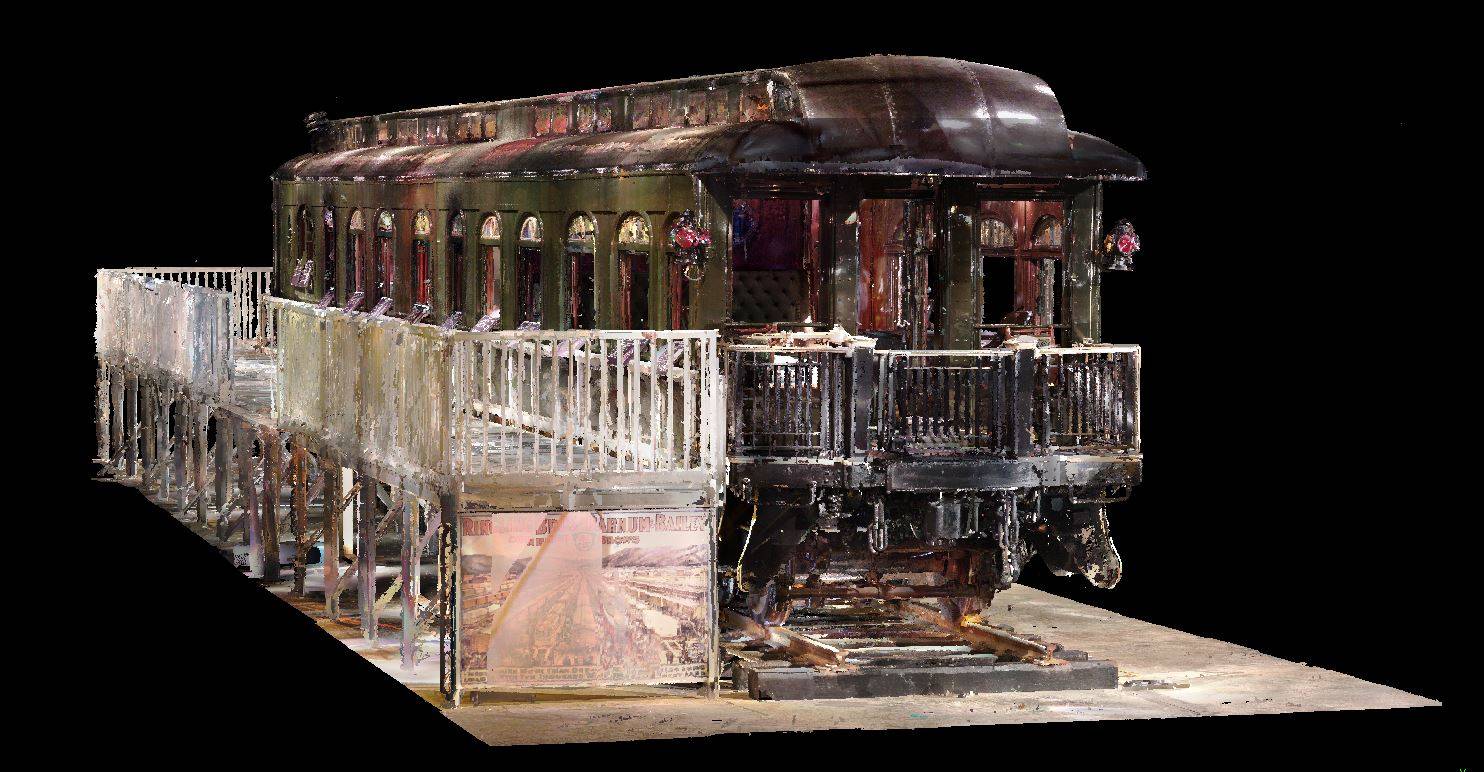
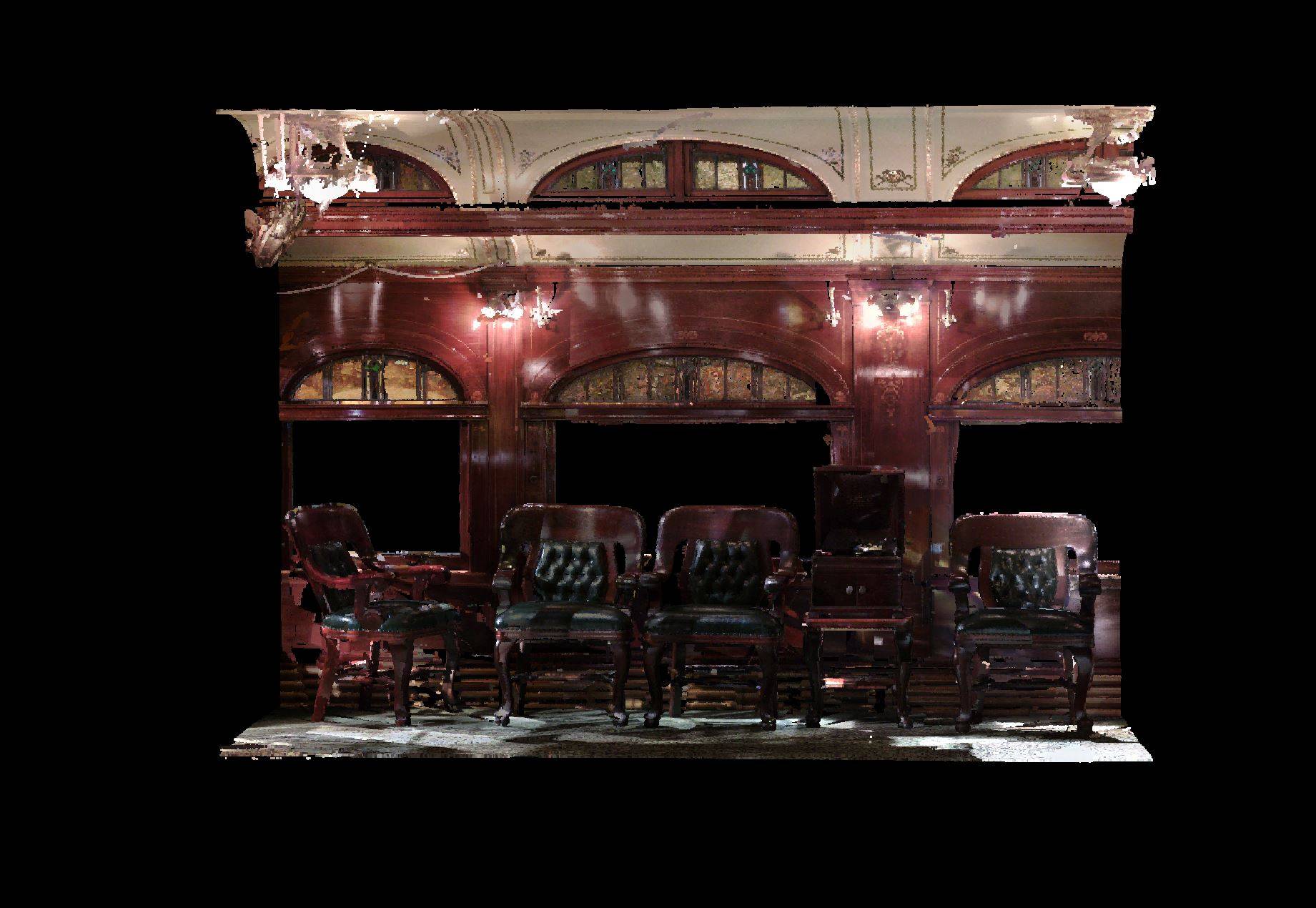
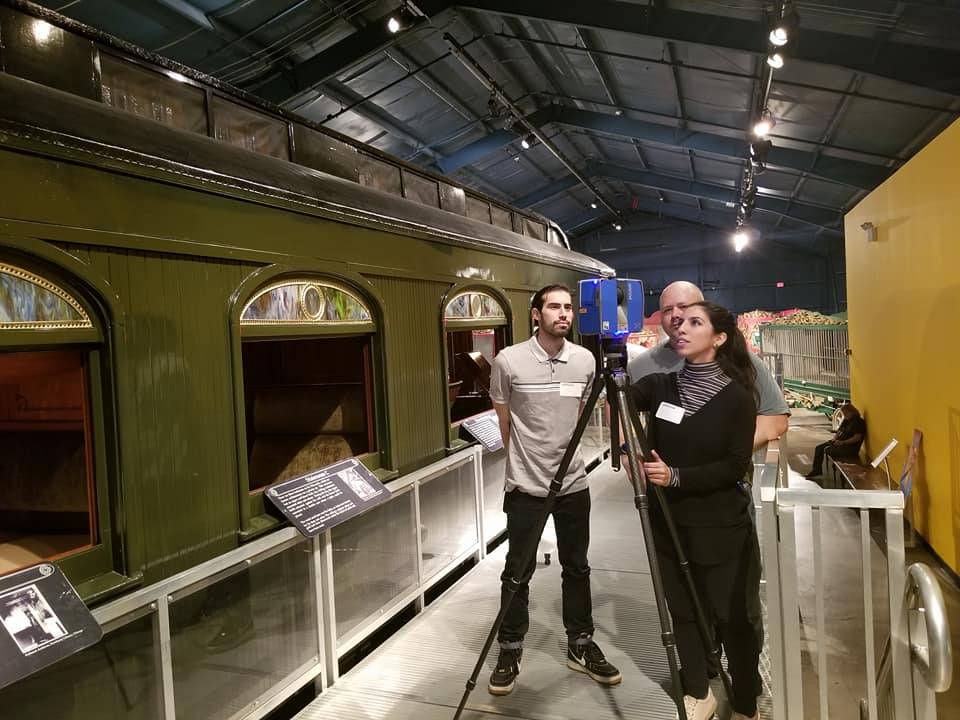
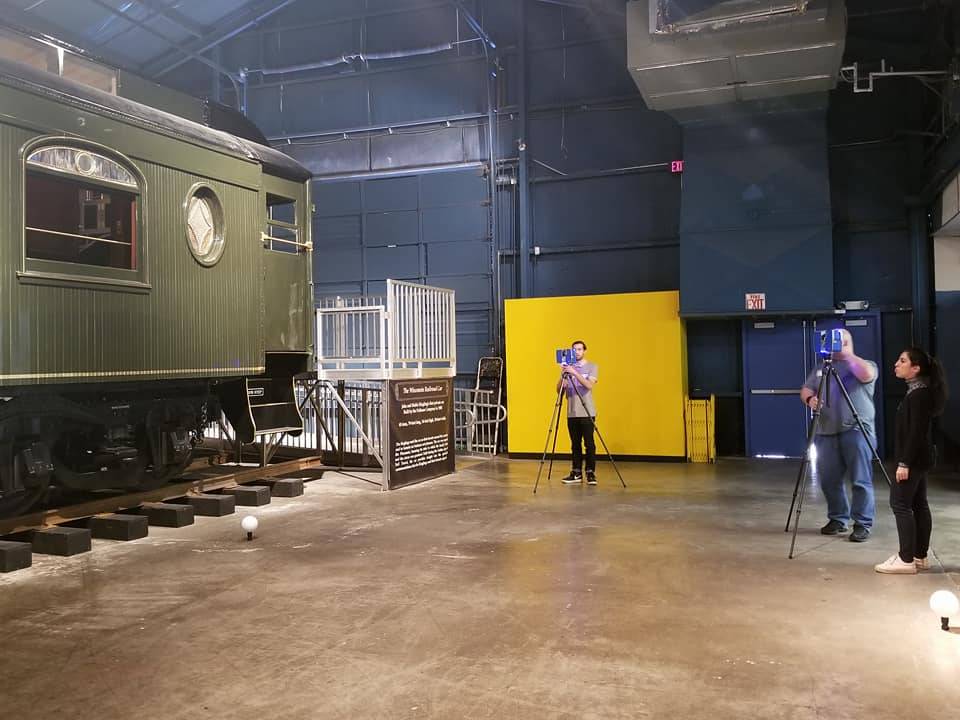
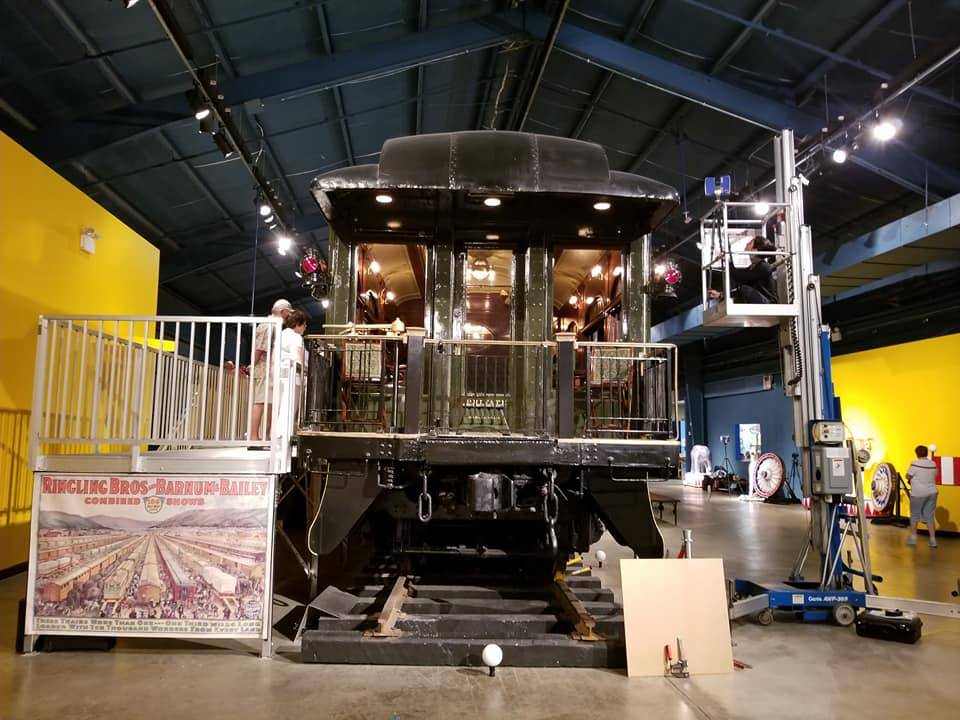
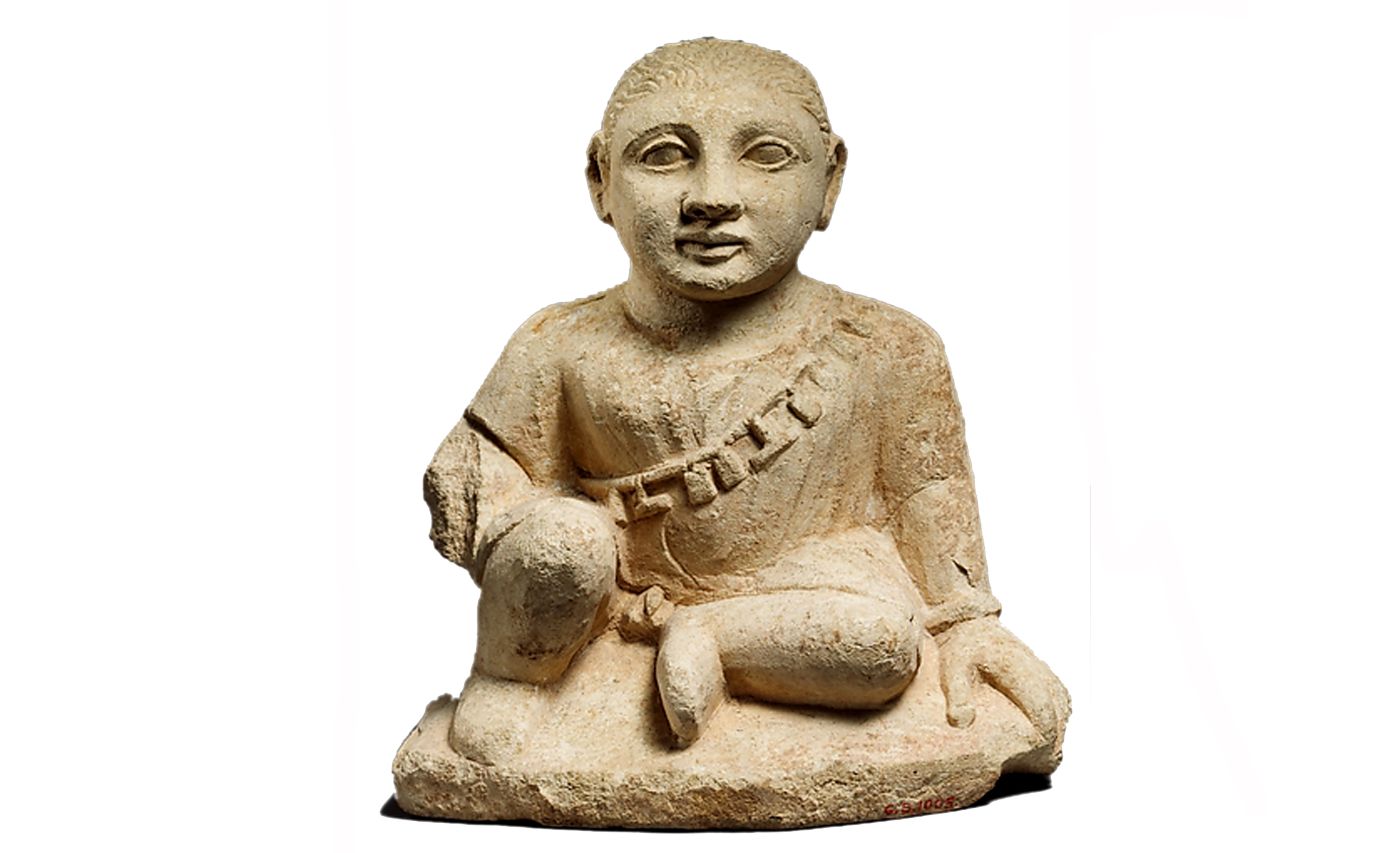
- Di Cesnola Collection
The John and Mable Ringling Museum of Art has a collection of over 4,000 works of ancient art most of which were acquired by John Ringling from the Metropolitan Museum of Art in 1928. This purchase shaped the Ringling collection’s strength in ancient Cypriot art, known as the Cesnola collection because most of it was unearthed between 1865 and 1876 by Luigi Palma di Cesnola, who was the first director of the Met when it opened in 1880.
The most significant group of artefacts in the Di Cesnola collection is represented by the so called 'Temple Boys', small scale stone statuettes of crouched children with ritual robes and jewelry, found at the Greek sanctuary of Apollo at Golgoi in Cyprus.
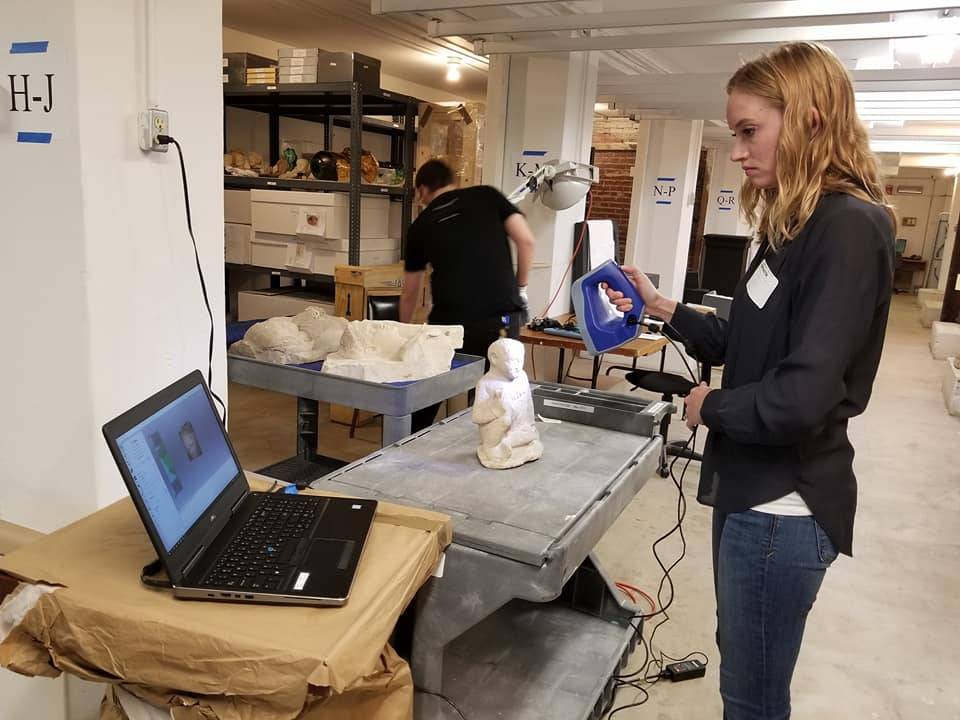
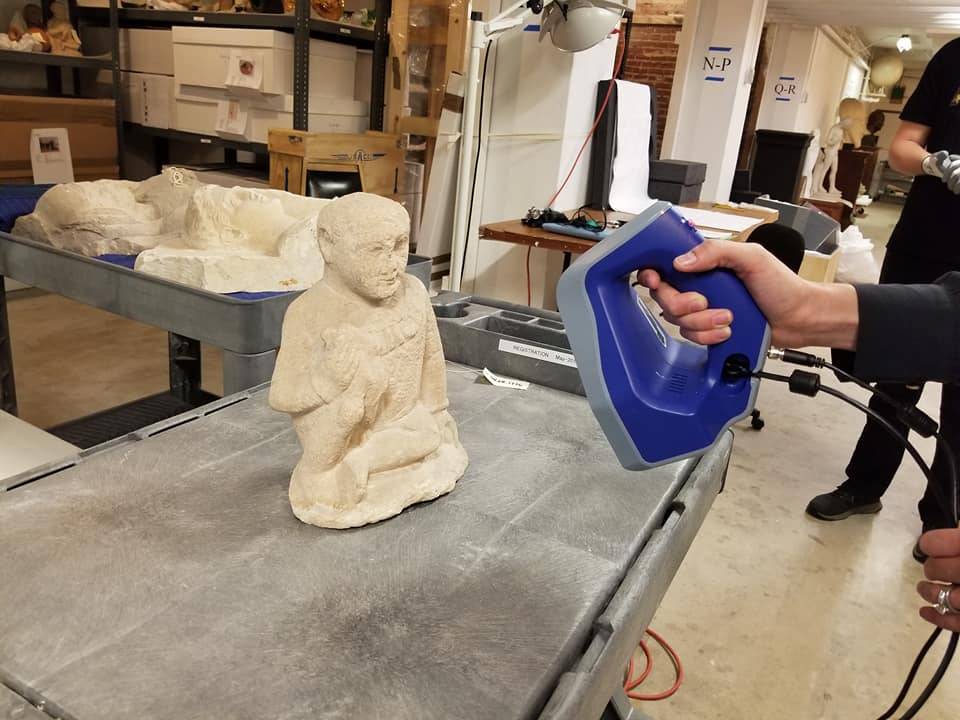
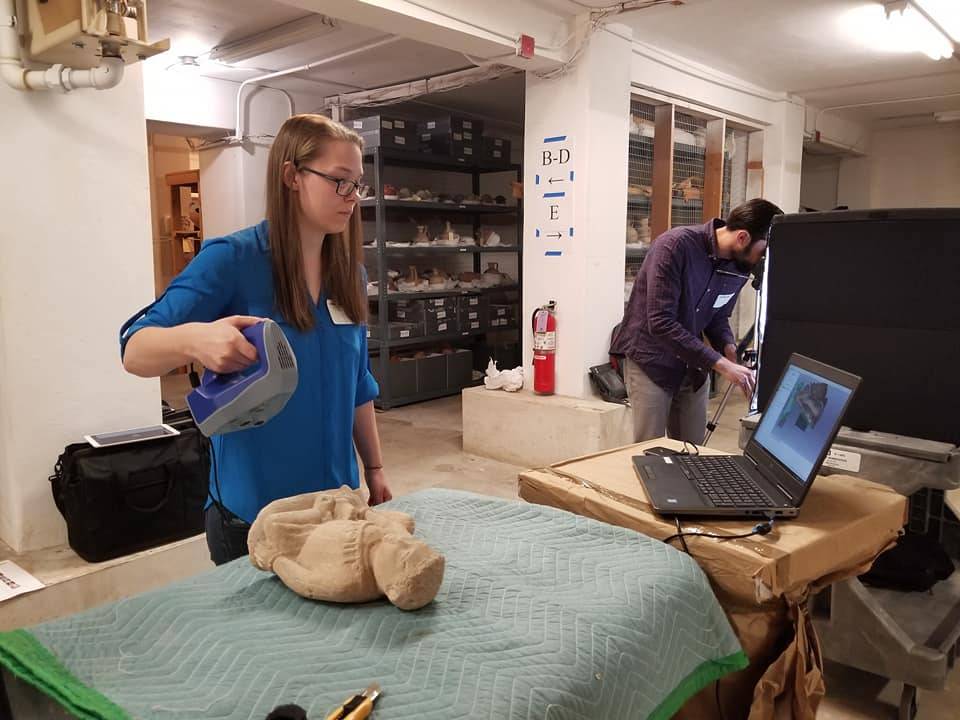
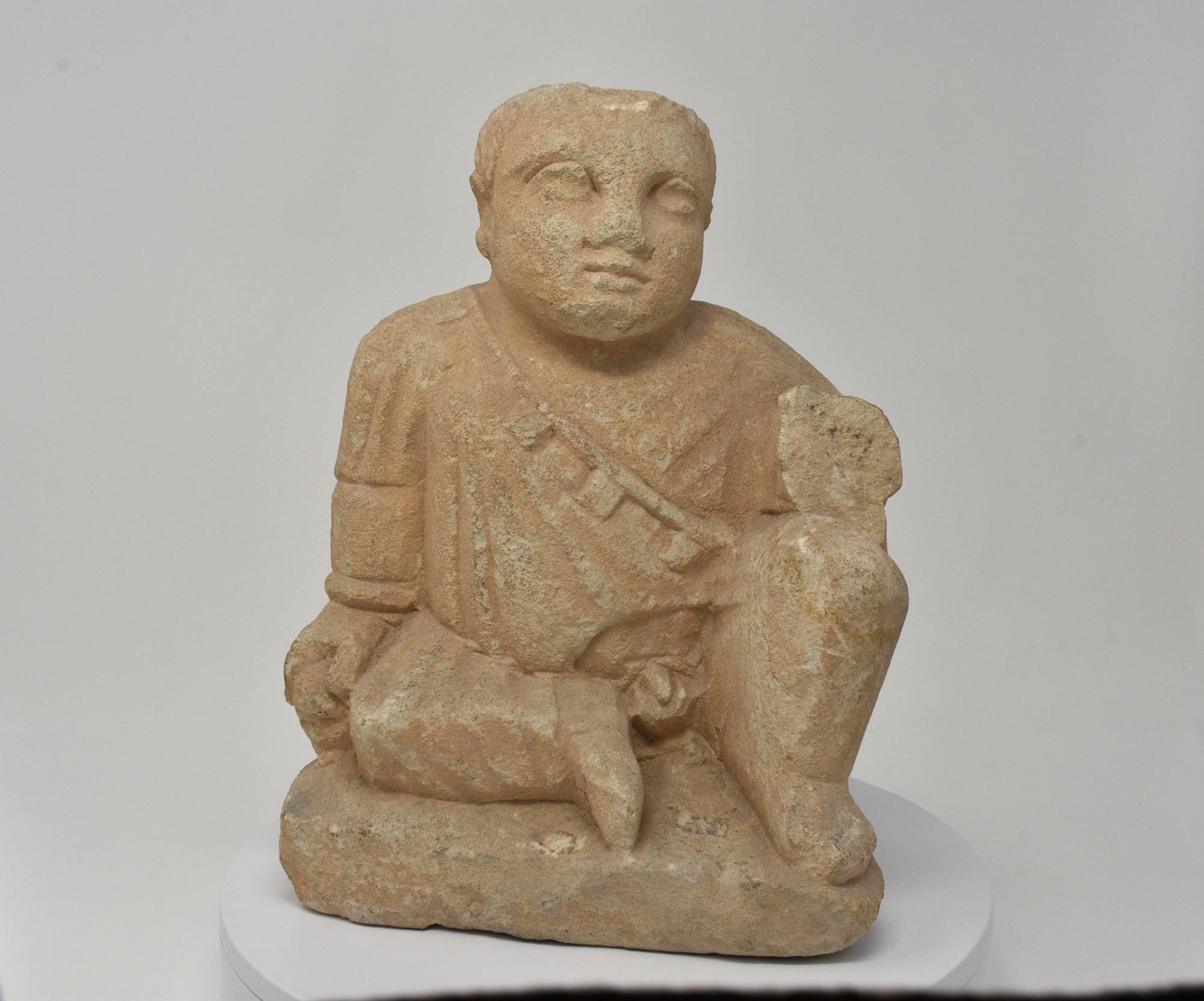
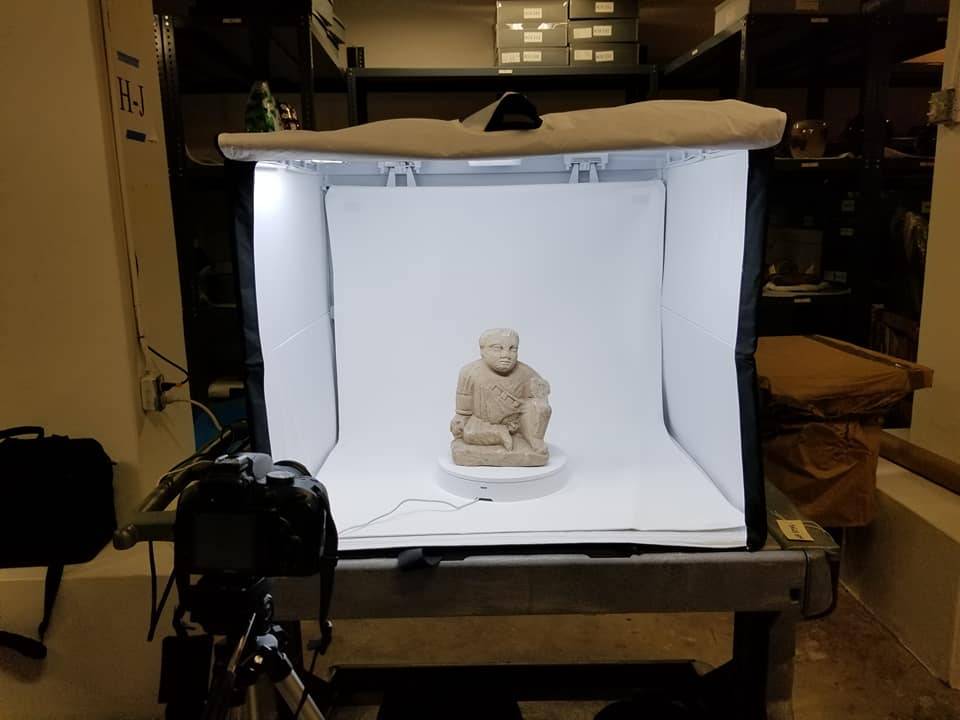
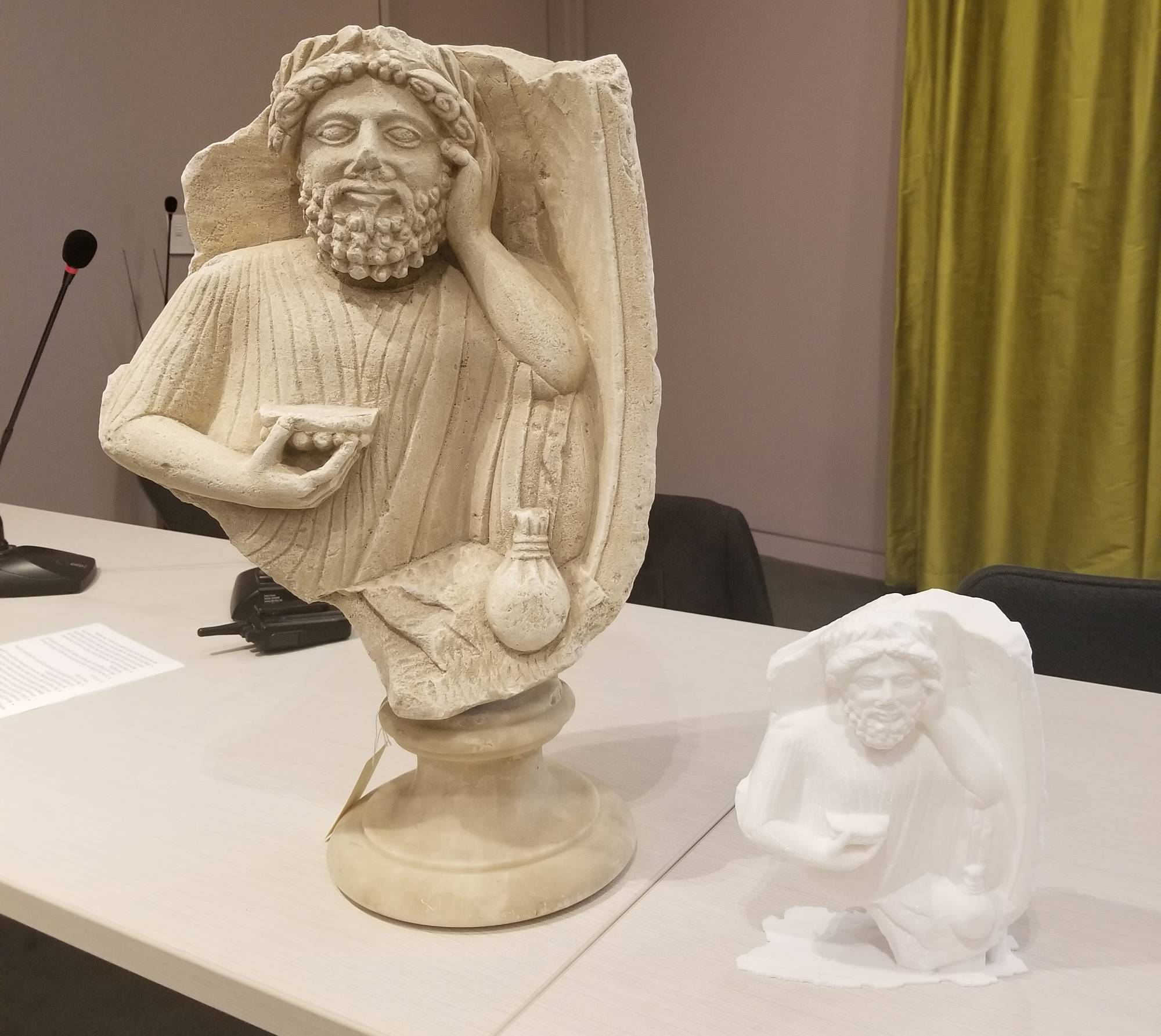
- Chiurazzi Collection
Part of the Courtyard collection of the Ringling Museum is a group of bronze replicas of masterpieces of Classical statuaty produced by the famous Fonderia Chiurazzi. The foundry, established in 1960 by Gennaro Chiurazzi, gained fame from their extensive mould collection, which features a number of renowned Classical sculptures such as the Laocoon and the Capitoline Wolf. The quality and craftsmanship of the replicas casted from this mould collection have earned them a place in many museums internationally both as incredible replicas of infamous works of art and as works of art in themselves. In digitizing the highlight of this collection. USF IDEx utilized digital photogrammetry to produce 3D models of 24 statues and creating a curated collection with updated and revised historical metadata.
